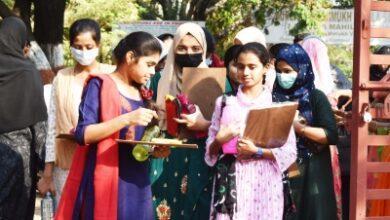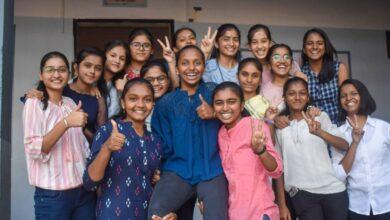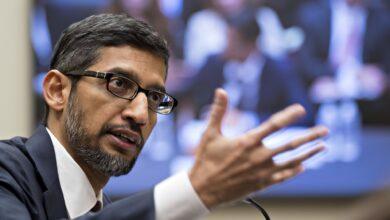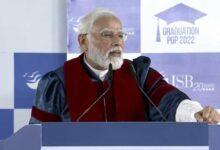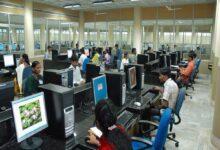
Jobs disappearing is not a new phenomenon – have you seen an elevator operator recently? – but the pace of change is picking up, threatening to leave large numbers of workers unemployed and unemployable.
New technologies also create new jobs, but the skills they require do not always match the old jobs. Successfully moving between jobs requires making the most of your current skills and acquiring new ones, but these transitions can falter if the gap between old and new skills is too large.
Researchers from the UNSW Sydney and The University of Sydney explain their findings in this article.
We have built a system to recommend career transitions, using machine learning to analyse more than 8 million online job ads to see what moves are likely to be successful.
Our system starts by measuring similarities between the skills required by each occupation. For example, an accountant could become a financial analyst because the required skills are similar, but a speech therapist might find it harder to become a financial analyst as the skill sets are quite different.
Next, we looked at a large set of real-world career transitions to see which way around these transitions usually go: accountants are more likely to become financial analysts than vice versa.
Finally, our system can recommend a career change that’s likely to succeed — and tell you what skills you may need to make it work.
Measure the similarity of occupations
Our system uses a measure economists call “revealed comparative advantage” (RCA) to identify how important an individual skill is to a job, using online job ads from 2018. The map below visualises the similarity of the top 500 skills. Each marker represents an individual skill, coloured according to one of 13 clusters of highly similar skills.
Each marker shows an individual occupation, and the colours depict the risk each occupation faces from automation over the next two decades (blue shows low risk and red shows high risk). Visibly similar occupations are grouped closely together, with medical and highly skilled occupations facing the lowest automation risk.
Mapping transitions
We then took our measure of similarity between occupations and combined it with a range of other labour market variables, such as employment levels and education requirements, to build our job transition recommender system.
Our system uses machine learning techniques to “learn” from real job transitions in the past and predict job movements in the future. Not only does it achieve high levels of accuracy (76%), but it also accounts for asymmetries between job transitions.
Performance is measured by how accurately the system predicts whether a transition occurred, when applied to historic job transitions.
The full transition map is big and complicated, but you can see how it works below in a small version that only includes transitions between 20 occupations. In the map, the “source” occupation is shown on the horizontal axis and the “target” occupation on the vertical axis.
If you look at a given occupation at the bottom of the map, the column of squares shows the probability of moving from that occupation to the one listed at the right-hand side. The darker the square, the higher the probability of making the transition.
The benefit of smoother job transitions
While the future of work remains unclear, change is inevitable. New technologies, economic crises and other factors will continue to shift labour demands, causing workers to move between jobs.
If labour transitions occur efficiently, there are significant productivity and equity benefits for everyone.
If transitions are slow, or fail, it will have significant costs for both individuals and the state and the individual. The methods and systems we put forward here could significantly improve the achievement of these goals.

